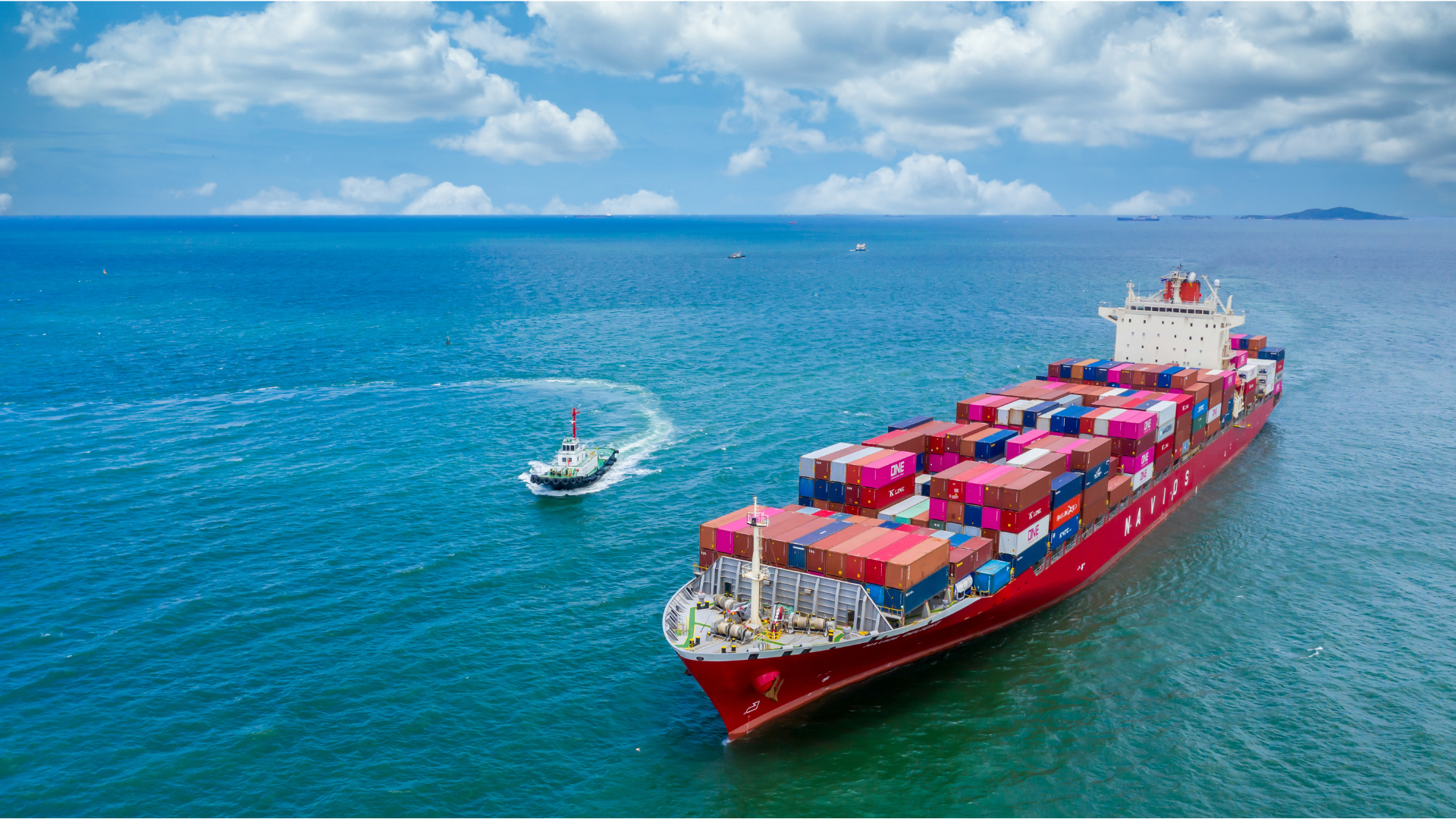مقدمھ :
The maritime industry is a capital-intensive sector that relies heavily on effective asset management strategies to
optimize operational efficiency, minimize risks, and maximize returns on investment. This training program is
designed to equip professionals working in the Marine & Asset Unit with the essential knowledge and tools
needed to manage marine assets effectively and understand maritime economics.
Through interactive sessions, case studies, and real-world applications, this program will cover the core principles
of asset lifecycle management, risk assessment, cost optimization, regulatory compliance, and the economic
factors influencing the maritime sector.
Objectives
By the end of this program, participants will be able to:
Understand the fundamentals of maritime asset management and its impact on operational efficiency
Develop strategies for cost-effective maintenance, lifecycle management, and asset utilization
Assess and mitigate risks associated with marine asset investments and operations
Analyze the key economic drivers influencing the maritime industry, including supply and demand, fuel pricing, and trade policies
Enhance decision-making by integrating economic forecasting and financial modeling for asset investments
Navigate regulatory frameworks and compliance standards for marine asset management
Explore emerging trends such as digitalization, AI, and sustainability in maritime economics and asset management
Organizational Impact:
Optimized asset performance, leading to reduced downtime and maintenance costs
Informed investment decisions regarding asset acquisition, leasing, and retirement
Improved financial planning for marine operations with a clear understanding of economic trends
Enhanced risk management strategies for maritime investments and operational activities
Compliance with international regulations, reducing legal and operational risks
Increased operational efficiency by implementing best practices in marine asset lifecycle management
Target Audience:
This course is ideal for professionals working in the Marine & Asset Unit, including:
Marine Asset Managers
Fleet Managers & Ship Operators
Procurement & Supply Chain Professionals in maritime industries
Finance & Investment Analysts specializing in maritime assets
Maintenance & Engineering Professionals in marine asset management
Regulatory Compliance Officers
Port & Terminal Managers
Day 1: Fundamentals of Maritime Asset Management
Introduction to marine asset lifecycle management
Key challenges and best practices in managing ships, offshore platforms, and marine equipment
Classification, certification, and regulatory requirements
Risk-based asset management approaches
Day 2: Financial & Economic Aspects of Maritime Assets
Maritime economics and global trade dynamics
Impact of fuel pricing, taxation, and trade regulations
Capital investment vs. operational leasing decisions
Financial risk assessment for marine assets
Day 3: Maintenance Strategies & Performance Optimization
Preventive vs. predictive maintenance strategies
Lifecycle costing analysis for marine assets
Use of digital tools and IoT for asset tracking and condition monitoring
Cost control measures in asset maintenance
Day 4: Risk Management & Regulatory Compliance in Maritime Operations
Risk assessment frameworks for marine asset investments
Environmental and safety compliance (IMO, SOLAS, MARPOL, etc.)
Insurance and liability considerations in maritime asset management
Crisis management and contingency planning
Day 5: Future Trends & Strategic Decision-Making in Maritime Economics
Digitalization and AI in maritime asset management
Sustainability trends and green shipping initiatives
Economic forecasting for maritime trade and investments
Strategic decision-making case studies

